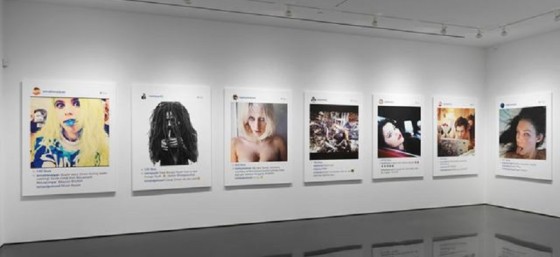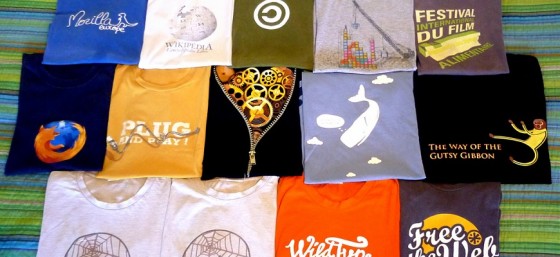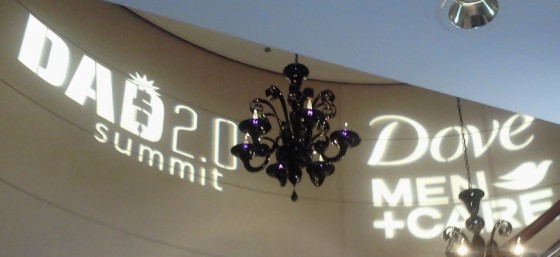
Earlier this year, I discovered Melissa Hunter’s “Adult Wednesday Addams” on YouTube. It’s a collection of short videos featuring Melissa playing a grown-up version of the iconic Addams Family character. In each video, Melissa dresses up like Wednesday Addams (black dress, long braids, pale skin, and deadpan attitude) and plays out everyday occurrences (like interviewing to be someone’s roommate and going to work) while embodying the Wednesday Addams character. She is a talented, smart, and funny writer.
Recently I noticed that all of Melissa’s adult Wednesday Addams videos were pulled from her YouTube channel. (You can still find them on others’ channels.) Apparently, Tee & Charles Addams Foundation, the copyright holder for the Addams Family, flagged her videos for copyright infringement after her video where Adult Wednesday Addams responds to catcallers gained attention by the international press.
So of course, my question in this situation is, “Are the Adult Wednesday Addams videos infringing on the original Addams Family copyright or are they protected by fair use?”
The law is complicated and there is no mathematical equation that will definitively show whether this is fair use. That is up to a court to decide based on the merits of the case. There are four main fair use factors. I created an acronym of the fair use factors when I spoke at Phoenix Comicon last year on fan art and copyright: PAIN.
P = Purpose and character of your use
A = Amount of the original used
I = Impact on the market
N = Nature of the work you copied
Here’s my take on how the fair use factors apply to this situation:
- P (Purpose): Adult Wednesday Addams transforms the original Wednesday Addams character who was a tween in the latest Addams Family movie (Favors Melissa). I don’t remember if Melissa was running ads on her videos, but if she was, that would be a strike against her – but not a deal breaker (Favors Addams Foundation).
- A (Amount): Compared to the entire Addams Family franchise, Melissa only used a single character (Favors Melissa) but compared to the copyright in the Wednesday Addams character herself, Melissa copied a substantial amount (Favors Addams Foundation). However, part of what makes Adult Wednesday Addams work is that we know that she is copying the original. That’s what makes it so funny, and parody is generally protected by fair use.
- I (Impact on the market): Apparently there is a new project in the works for the Addams Family, but I don’t know if Melissa’s work will have any effect on that. Melissa’s videos are only a few minutes long, compared to the longer TV shows and movies created using the original characters’ story line. Her work is definitely not a viable substitute for those (Favors Melissa).
- N (Nature of copied work): The Addams Family has been made into cartoons, a TV show, and movies. Melissa Hunter created short YouTube videos. Although these are both audiovisual works, they cater to different audiences (Favors Melissa).
Do I think what Melissa did was fair use? Yes. I hope she’s fighting the claim that her work is copyright infringement, and I hope whoever is working on the Addams Family remake offers to hire her. Remember, fair use is a defense, not a permission slip, so Melissa has to prove to the court that what she did was legal if she chooses to fight this.
Yesterday, Melissa released a video with an update about Adult Wednesday Addams:
I’m glad to see that Melissa is as sassy as ever and that she’s working on this while putting energy into new projects too. Keep wearing that dress!
Fair use cases are usually complicated. If you want to chat more about fair use and copyright, please contact me or connect with me on Twitter, Facebook, YouTube, or LinkedIn.









